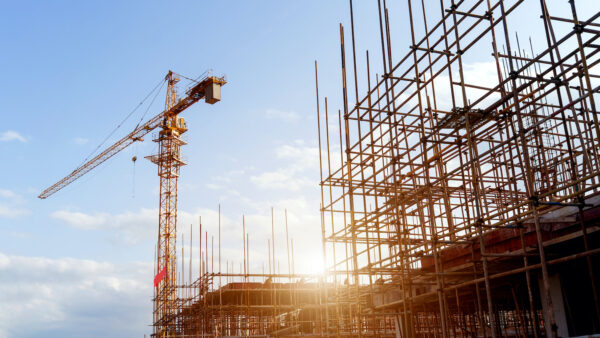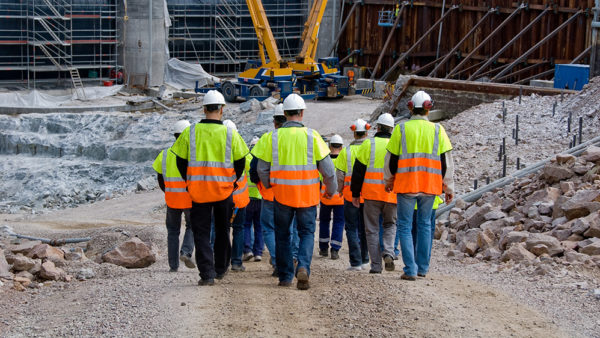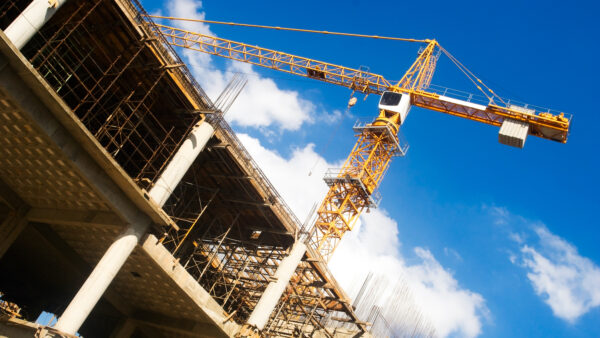Gleeds global chair Richard Steer FCIOB looks for positives during a difficult period for the built environment sector.

Construction has been having a rough time. The sector accounted for more insolvencies than any other in the year to May 2024, with 17% of all UK businesses that closed being in our sector.
The recent demise of ISG, the UK’s fifth largest contractor, shows how fragile and vulnerable those working in the built environment are these days. Before this, Lendlease Group announced it was exiting the UK because of a ‘complex market landscape’. We all now await the first Labour budget with bated breath.
But there are positives.
For instance, UK construction volumes in September grew at the fastest rate since April 2022, according to the latest UK Construction Purchasing Managers’ Index from S&P Global. The total industry activity balance rose from 53.6 in August to 57.2, above the neutral threshold for the seventh successive month.
Survey respondents commented on robust demand for renewable energy infrastructure and a general uplift in work on major projects. Commercial building was boosted by lower borrowing costs and domestic political stability were reported to have had a positive impact on client spending.
Business confidence on the up
S&P reported that business confidence had reached a three-month high in May, while optimism among CFOs in some of the UK’s largest businesses is also on the up, according to Deloitte’s latest CFO survey. Its Q2 report showed the appetite for corporate risk-taking among UK CFOs has seen its biggest rise in more than four years following the general election.
That said, many of these surveys were taken before the latest conflagration in the Middle East pushed up oil prices and caused the global economy to falter. We should not forget the fragility of our own situation in the UK, as ISG has shown. Sustainable recovery from any setback takes time, and the construction industry in this country has faced many in the last 10 years.
I reluctantly accept the Construction Products Association’s prediction that the industry will likely contract in real terms this year before returning to a modest 2% growth next year, and a more promising 3.6% in 2026.
Prepare for the upturn
The short-term picture is challenging, but the green shoots that are emerging should be celebrated.
Recovery, however gradual, is infinitely better than further decline. It is important that the industry looks ahead to brighter times and prepares for the anticipated upturn. We should use this time to ensure we have the people, the skills, and the technological capabilities we’ll need for when that time comes.
Richard Steer FCIOB is global chair of Gleeds.
Comments
Comments are closed.












Unfortunately the basis of constuction firms has changed over the years. Traditional firms, employing a workforce, training apprentices and submitting fixed price tenders has finished. Large contractors employ few, do not train and are run by financiers. They know nothing about putting one brick on another. Small firms, often self-taught can do their trade but know nothing about others. Up steps the project manager who might have done the odd building job but he/she was trained in project management not building. So you wonder why Grenfell tower happened, you wonder why buildings collapse during alterations and all the time the local authority doesn’t know what it’s looking at. Who will pull it together because market forces won’t?